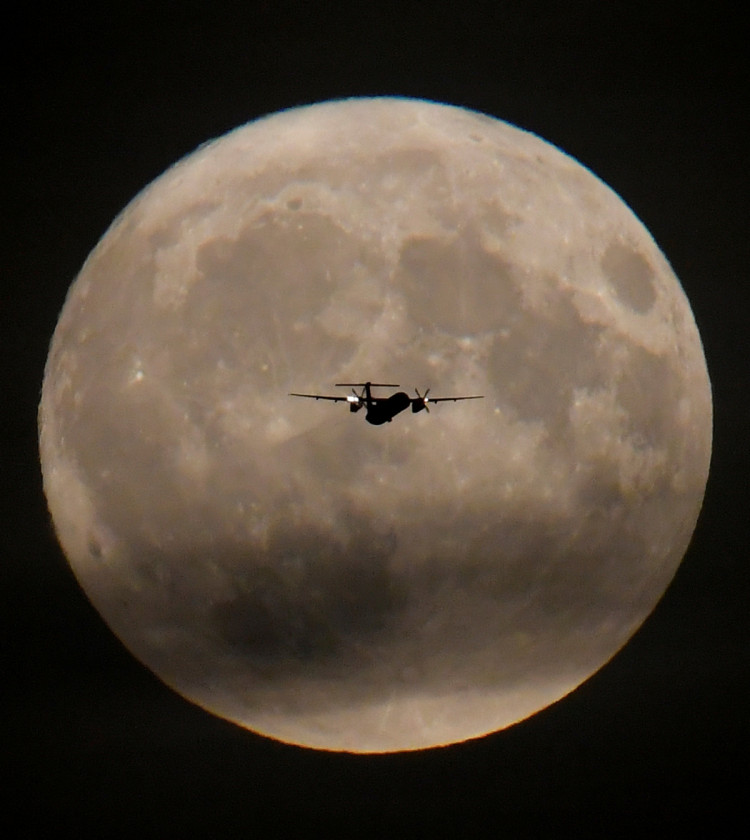Chinese scientists have revealed the mystery behind a curious substance on the lunar surface, which generated widespread interest following its discovery by the Yutu 2 rover in 2019.
The discovery was made during lunar day 8 by the Yutu 2 drive team member, which part of China's Chang'e-4 mission to explore the far side of the Moon. After it was revealed that a "gel-like" substance had been found in the lunar surface, scientists and space enthusiasts were eager to find out what it was.
But the substance is nothing but a rock -- "a dark greenish and glistening impact melt breccia" on the floor of the Von Karman crater on the far side of the Moon. Gou Sheng and colleagues analyzed data from Yutu 2's panoramic and hazard avoidance cameras, and the rover's Visible and Near-Infrared Spectrometer (VNIS) instrument. Their paper about the discovery has since been published in Earth and Planetary Science Letters.
To identify the composition and abundance of the substance, scientists used a procedure called spectral unmixing to break down the measured spectra from VNIS. According to the authors of the paper, the color and glistening texture of the impact melt breccia are signs of a possible presence of glass. This particular breccia was formed by impact-generated welding, cementing, and agglutinating of breccia and moon regolith.
The paper also noted that the lunar impact melt breccia they found resembled samples from NASA's Apollo missions. They specifically mentioned samples designated 15466 and 70019, saying the material shares striking similarities. Sample 70019, in particular, is made of black, shiny glass and broken fragments of minerals glued together.
However, the results are not definitive. According to the paper, the authors' analysis is limited due to the fact that VNIS measurements were taken under poor lighting conditions and other factors.
NASA's Dan Moriarty of the Goddard Space Flight Center said that spectral unmixing could be difficult given the Chang'e-4 is exploring an area of the Moon that's completely unknown. He said that although further observations are needed, their interpretation of what the substance seems reasonable and coincides with previous interpretations based on early images.
"It is very inspiring that contemporary missions are discovering features on the far side of the moon that resemble features observed by the Apollo astronauts," Moriarty said.
China's Chang'e-4 made history when it landed on the far side of the Moon -- a first for mankind -- at the Von Karman Crater in January 2019.




